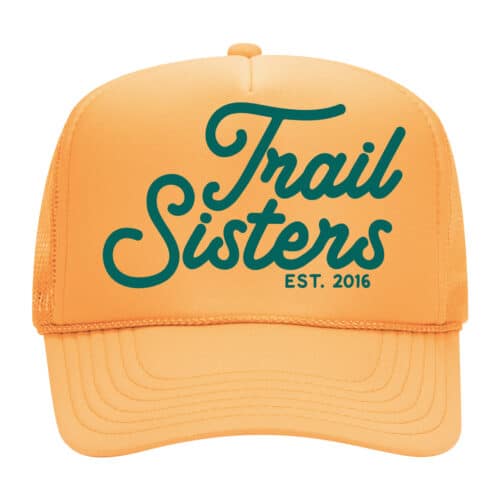Running is a great way to keep fit no matter where or how old you are. Those who have become life-long runners credit the sport with not only keeping their body in shape, but also, and more importantly, their mind intact. The benefits of running go far beyond the physical, with people likening it to a meditative space that clears up their mind.
That said, it’s important to re-tune how you run as you get older, something that many will need to do over the next few years. Already, those aged 55 and above make up 25% of the population, and Maryville University highlights that the US’ aging population is expected to grow exponentially in the coming years. So the need for Americans to stay fit into later life to avoid serious illnesses has never been more important.
Our bodies get more prone to injury and require different forms of nutrition as we age, but it doesn’t mean we should stop pursuing what we love. After all, the benefits of running continue well beyond our 50s – researchers from the University of Sydney emphasize that constant exercise minimizes the risk of chronic diseases in older adults. All this means is that a few adjustments here and there are needed to make sure you reap the benefits, and understanding how your body needs change with age will get you off your rocking chair and on the trails in no time.
Understanding Your Limits is Crucial
Studies have shown that muscle fibers, cardiovascular health, coordination, and balance all decline with age, which means that pushing yourself might lead to serious injury. It’s difficult to create a standard for how people age, and when you should expect to see changes in performance, as each person ages differently. Since you know your body best, don’t be afraid to listen to it — stop when you need to and drink water before you get dehydrated — and increase your endurance gradually instead of all at once.
Keep Track of Your Nutrition
Protein and calcium are a must for older adults, as protecting your joints and fortifying your bones become even more important. Lean red meat, chicken, and fish are all good sources of protein, which needs to be part of each meal in order to retain muscle mass. Aside from dairy products, calcium can be found in dark leafy greens, nuts, and seeds. On top of these two, make sure you’re also getting a range of vitamins and minerals, which come from eating lots of vegetables and fruits and staying away from overly fatty and oily foods.
Get into Mindful Running
Trail runner and educator Elinor Fish credits mindful running as the secret to being a life-long runner, as running can help improve your mental state. Aside from enjoying the outdoors, it helps you be aware of your body’s capabilities, allowing you to celebrate all that it can do well into your 50s. Fish suggests seeing running as a “restorative, sustainable activity” where you focus on how running makes you feel, rather than how much your stats are improving. Building this habit up allows you to view running as a habit rather than a chore.
Incorporate Strength Training
Although there’s no need to hit the gym if you don’t want to, Runner’s World reports that one way to combat a decrease in leg strength in aging runners is to incorporate more strength training into their fitness regimen. Building up leg strength through squats and other exercises helps lessen the impact that prolonged running can have on your knees and joints.
Don’t Forget Balance and Flexibility
Balance and flexibility exercises work in tandem with strength training to ensure that your body stays in top shape. Stretching before and after a run is crucial, but you should also look to incorporate a quick routine even on your rest days. Ankle circles, hip stretches, and neck rotations are all exercises that you can do seated, while back, shoulder, and lower body stretches can be done either standing or lying on the floor. Starting your morning with a stretch gets your blood flowing and your muscles energized, making it a must for your daily routine.
Feature Photo by Todd Diemer on Unsplash
















4 Responses
Waiting for the running in your 60’s article!
A recent Science of Ultra podcast debunked the myth that older runners are more likely to get injured, citing recent studies that showed they actually have fewer injuries than younger runners.
Still running in my 70’s, every other day. The most important thing is how much you enjoy the running. For me, out on the trail, in Nature, it’s like a magic carpet ride. If you enjoy what you are doing, you can keep it up forever. If it hurts, you can’t go on much longer.
I think that is awesome. I will always run. It’s a mindset.